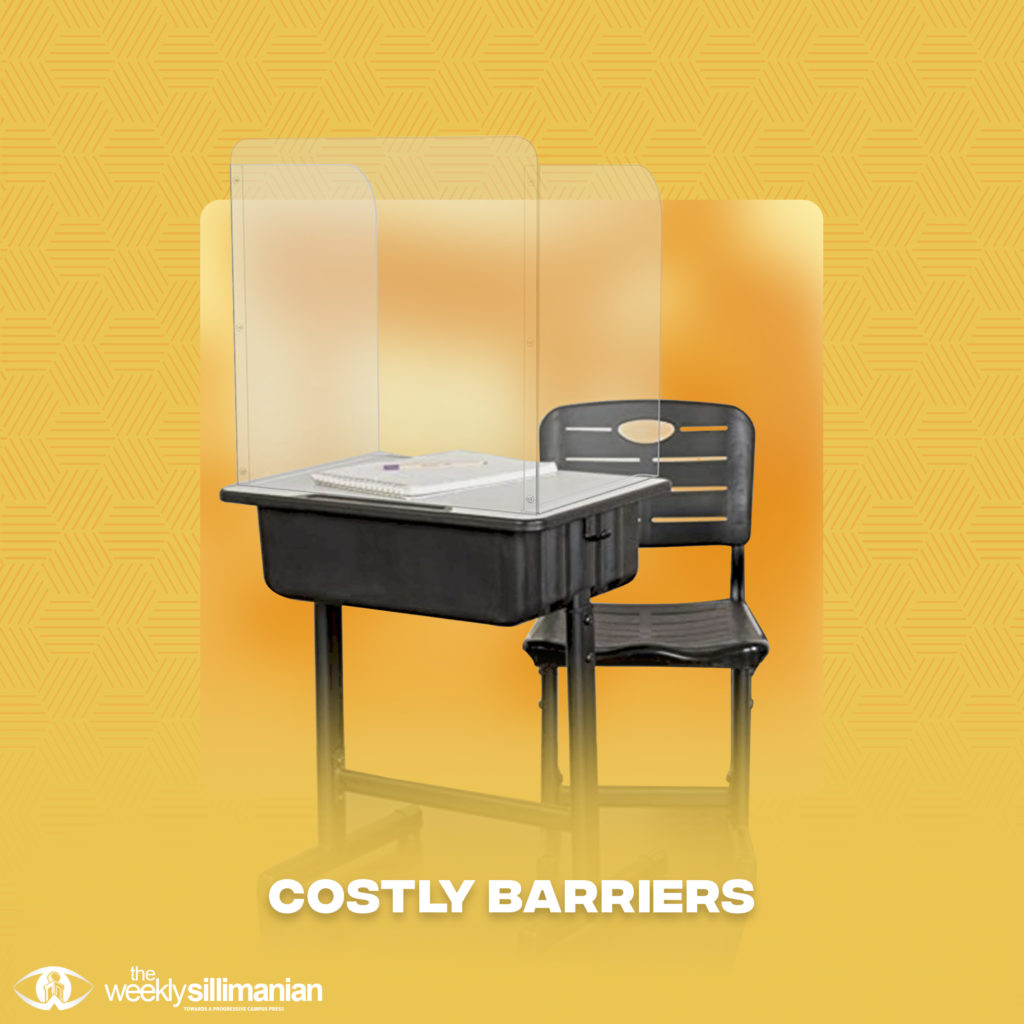by Emmarie Bonganciso | November 28, 2021
A greenhouse is a regulated glass structure that stabilizes the environment of plants. It gives protection from harsh conditions outdoors, but it doesn’t stifle. It remains conducive for growth. It allows plants to thrive. And that is exactly what our educational system should be: a greenhouse for our future leaders and thinkers.
The early years of a child’s education are considered vital to their development. During this time, we typically start to form core values, memories that may either haunt or help us in later seasons of life. These primary grade levels set up the building blocks for all future learning. That is why much is invested in ensuring the growth and formation of responsive, productive individuals. A nation safeguards their education because it is the greenhouse, not the cage, to which our young are tended to and equipped with the necessary knowledge and skills to thrive in society — more so in times of crisis.

The COVID-19 virus has prompted the Philippines’ Department of Education, along with others around the globe, to rethink and reformat their systems. As one of the last countries in the world to open in-person classes since the start of the pandemic, the United Nations Children’s Fund (UNICEF) has reported that around 27 million Filipino children will be affected. In-person learning helps teachers identify and address learning delays, mental health issues, and abuse that could disturb children’s well-being. Tasked with the challenging yet worthwhile commitment of educating Filipino children, the Department of Education (DepEd) has launched face-to-face classes in 120 selected schools in low-risk areas, while other basic education schools will proceed with blended distance learning.
It seems that barriers within the educational system have always existed. There are barriers in communication, economic status, and available resources, as well as geographical location. These are only heightened under the heat of a pandemic as there is now what we can consider a physical barrier.
With the rise and fall of many COVID-19 precautions, the infamous plastic barrier may appear sensible and protective against germs, but experts who study aerosols, airflow, and ventilation say that these barriers only give people a false sense of security. It may even just make things worse. Tara Parker-Pope from the New York Times explains that exhaled breath particles disperse under normal conditions in stores, classrooms, and offices. Depending on the ventilation system, they are carried by air currents and are replaced by fresh air roughly every 15 to 30 minutes. Putting up plastic barriers can change the airflow in a room, disrupting normal ventilation and creating “dead zones.” This is where viral aerosol particles build up and become highly concentrated.
Photos of pilot in-person classes have shown students boxed into plastic barriers while teachers wear face shields and face masks. And many have grown concerned about the operational and practical issues these may raise. Aside from disrupting air circulation, plastic barriers increase the surface area for disinfection as stated by DepEd Undersecretary Nepomuceno Malaluan. Teachers wearing face shields and face masks may be a cause for miscommunication, especially for students at the back of the classroom. While the plastic barriers and face shields were not included in the joint memorandum by DepEd and DOH, a part of the planning was done at the field level, a combined initiative by the local government, DepEd, and of course, the parents. The health and safety of the children and teachers is our primordial concern, which is why it is best to stick to precautions that are not only effective but support the learning that these children have missed and truly need.
When barriers lose their ability to protect, they are only left with the ability to impede. Whether it be those as serious as poverty, ignorance, and language, or the plastic that wrap our faces, these barriers can be costly as education naturally produces generational consequences. As we reap key observations and data from the pilot in-person classes, it is clear that refinements should be done as the country slowly welcomes back its children to the doors of face-to-face education. Let’s aim for our educational system to be a greenhouse for young minds — catering to their specific needs, protecting them, and giving them a chance to thrive.


